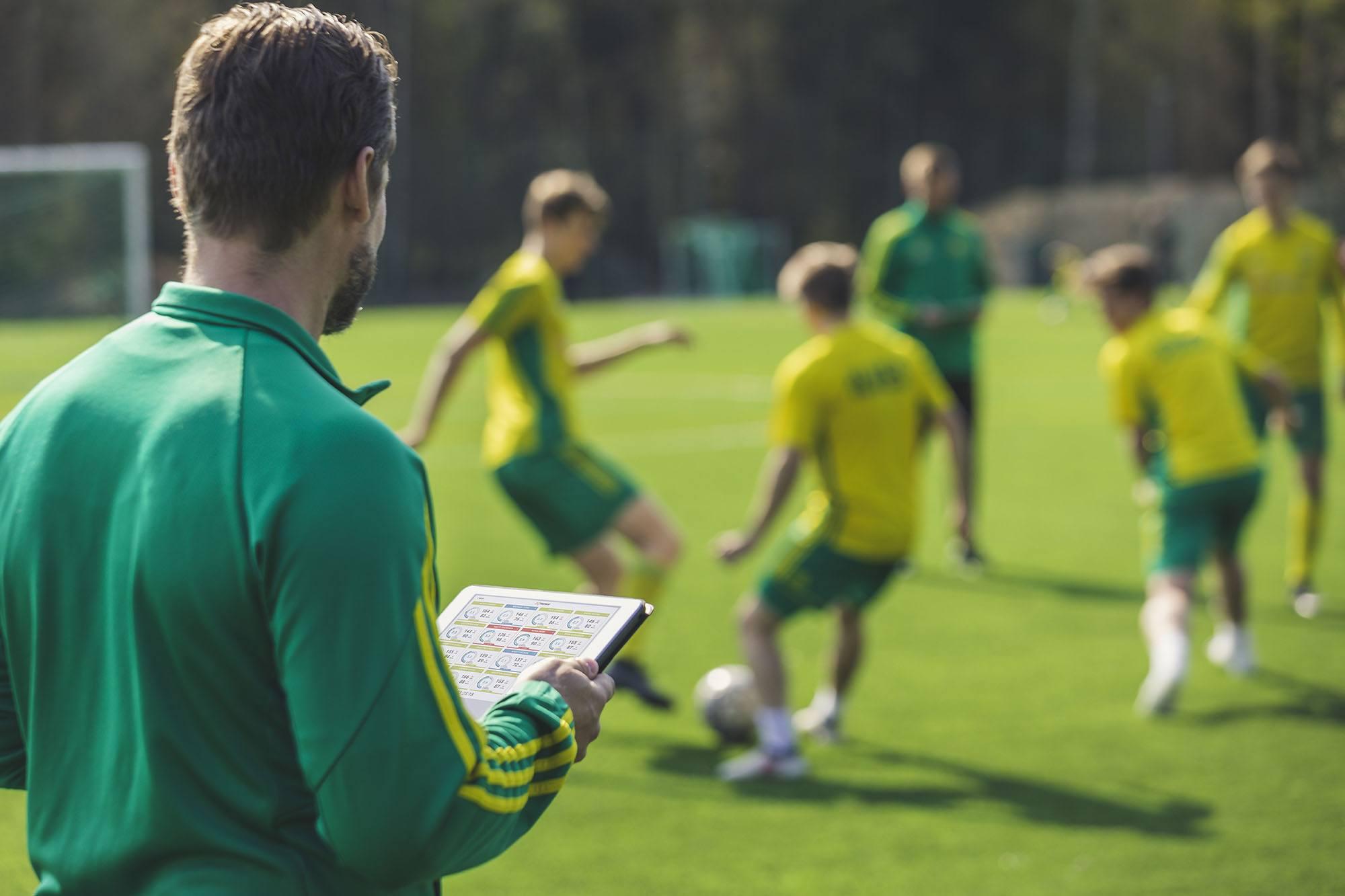1. Firstbeat Sports Terms
EPOC – Excess Post-exercise Oxygen Consumption, expressed in ml/kg. Used to quantify training load of a single session.
Aerobic Training Effect (Aerobic TE) – Aerobic Training Effect describes the impact of a training session on the development of VO2max and aerobic endurance capabilities. Its quantification is based on the highest level of EPOC achieved during the session. Read more here.
Anaerobic Training Effect (Anaerobic TE) – Anaerobic Training Effect describes the impact of a training session on the development of repeated sprinting abilities and anaerobic performance capacity. Read more here.
TRIMP – Training Impulse, a measure to quantify internal training load. Read more here.
Stress Reactions – An elevated activation level in the body not caused by physical activity. Stress is characterized by sympathetic predominance of the body, and the reaction can be positive (e.g. excitement, happiness) or negative (e.g. anger, anxiety).
Recovery Reactions – A calming down of the body characterized by parasympathetic predominance of the ANS, individually low heart rate and great HRV.
Overnight Recovery Score – A score representing the level of recovery overnight. The metric score is based on HRV and sleep duration and is individualized.
RMSSD – Root Mean Square of the Successive Differences in RR-intervals. The most used parameter to describe the level of HRV at rest.
24-Hour Stress and Recovery Balance Score – Score represents how well the necessary recovery periods are balancing out the body’s stress reactions in a 24-hour period.
Movement Load – This is used to quantify the movement of an athlete during a session, the External Load equivalent of TRIMP. Read more here.
Training Status – The Training Status metric takes multiple variables to provide a picture of how well balanced an individual’s training has been. Read more here.
Balanced Range – Calculated using the Chronic (28 Day) Training Load, this acts as a guide for the Acute Load that can be tolerated by your team. By staying within the range, your training load is not increasing too quickly.
Load Ratio – See Acute:Chronic Workload Ratio.
2. Common Training Monitoring Terms
Load – The combined sport and non-sport stressors placed upon an athlete. Non-sport factors can include things like lifestyle factors and psychological stress.
Workload – The sport-specific stressors placed upon the athlete, i.e. training and competition. High workload is not necessarily a risk factor for injury. Indeed, evidence suggests it may even be protective.
Acute Training Load – The last seven days representing the current short-term load of an athlete, often used as a proxy for fatigue.
Chronic Training Load – The training load over the last 28 days, describing the typical training load of an athlete. Sometimes used to refer to Fitness in training load models.
Acute:Chronic Workload Ratio (ACWR) – The ratio between acute and chronic training loads. High ACWR shows the athlete has an increased acute training load relative to their chronic, placing them at increased risk of injury. Conversely, a low ACWR may also present increased risk due to the athlete being underprepared. A sweet spot of ACWR is the area in which the athlete has developed sufficient fitness over time to effectively cope with their current workload. The ACWR can be used to guide the safe achievement of high workload.
Fitness – The positive effect of training. Represented by Chronic Training Load in the ACWR.
Fatigue – The negative effect of training. Represented by Acute Training Load in the ACWR.
Performance/Form – Fitness (Chronic Load) minus fatigue (Acute Load).
Load-Recovery Relationship – The way in which an athlete’s load and recovery are managed. Sufficient recovery is necessary for the process of supercompensation and positive adaption to occur. Poor load management and insufficient recovery ultimately results in increased risk of injury.
Internal Load – This is the physiological or psychological response to completing the work described under External Load. An example of internal load could be elevated heart rate, or the accumulation of Excess Post-Exercise Oxygen Consumption (EPOC).
External Load – The act of performing work or carrying out a task. An example of external load could be Movement Load from Firstbeat or the data recorded via a third-party GPS system (which captures the distances covered and the speeds attained, or the accelerations and decelerations).
Load Tolerance – The ability of an athlete to cope with any given training load. This can be influenced by many external factors, such stress from family, lifestyle or work, or quality and duration of sleep.
Maximal Intensity Period – Sometimes also called “Worst-Case Scenario”, this reflects the highest intensity experienced over the selected measurement/session for the stated duration. For example, the highest TRIMP/min an athlete recorded over any 4 minute period.
